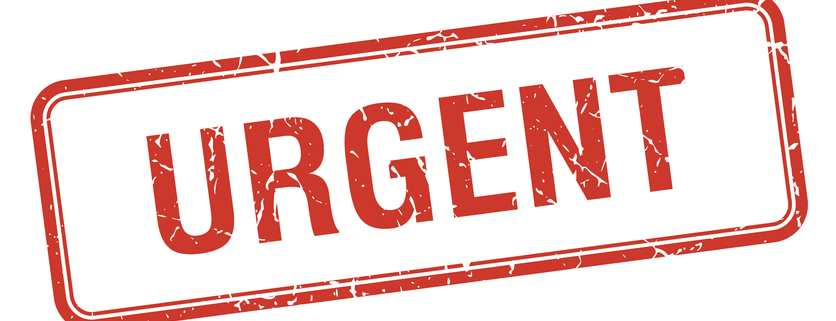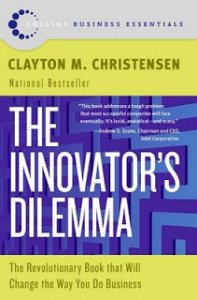Sense of Urgency (Part 1)
In conversations with some of our customers, we are seeing an increased emphasis about meeting compliance objectives and less about new products and making money. We all know of companies where the brilliant team of product development experts were slowly transformed into Quality people.
More and more places that I visit I find bureaucracy slowly crowding out the creative types.
This is serious stuff.
This is not happening everywhere. There are companies as well as nations that understand the importance of hard work and time to market. Creative destruction is still happening, but it might be you who is being deconstructed.
We need to look no further than our own government and returning to the moon. To paraphrase Pence – “It is not like we have not done it before.”
I suggest a heightened sense of urgency is in-order. At your company are the really important things getting proper attention?



